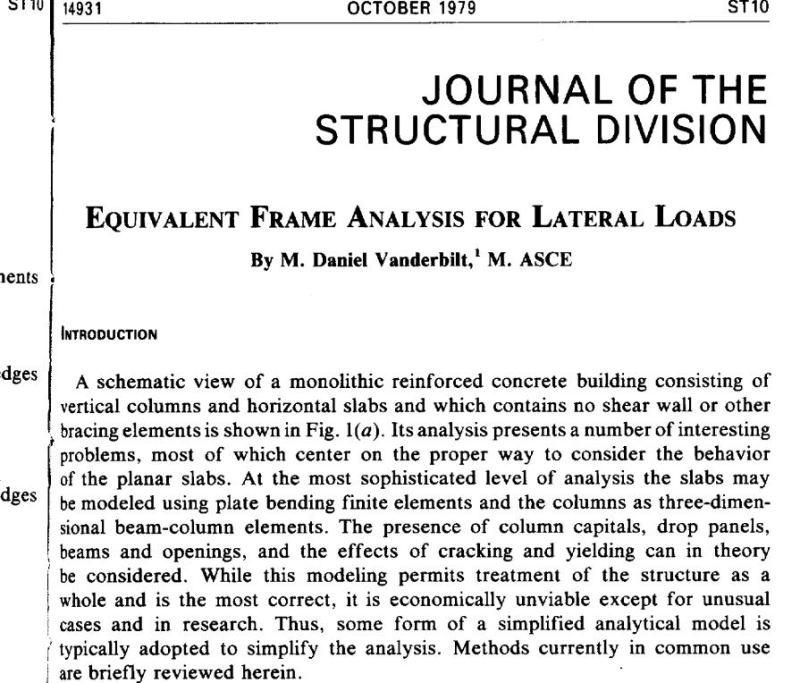PengStruct
Structural
I'm trying to determine the best type of lateral system for a 9 story apartment building only 17' wide x 60' long. Using a series of closely spaced steel moment frames (R=3) with a couple lines of braced frames seems to work well if I use cmu side walls and hefty concrete elements at the foundations to hold the frames down, or even deep foundations with tensile capacity which may end up being required after the geotech info comes in.
As an alternative which, the architect wants me to consider in order to minimize the floor to floor, I'm starting to look into using ordinary concrete moment frames and concrete shear walls at the core. Before I get too far into this, I'm wondering if anyone has insight into the feasibility of either system for such a relatively slender, single bay in the narrow direction, building with an aspect ratio of about 4.7? I suspect a flat plate will not work and drop beams will be needed between the columns which would end up providing a similar floor to floor as the steel system.
Does anything stand out as pointing clearly to either steel or concrete?

